Chroma-keying (often called blue-screen or green-screen) allows you to replace a coloured background with whatever you like. It’s a technique I often employ to overcome the limitations of office-based shooting environments, as it allows me to create a virtual set to replace the dull beige boardrooms that are often the only location space the client has on offer.
While it can be done with a simple portable screen and good daylight, getting a decent key is a bit of a dark art, requiring several processes in order to produce a convincing result. Here’s an example of how you can take material shot in front of a green screen and take it to an entirely different place.
Did you know?
The reason we now use green-screen rather than the traditional blue-screen background is due to the prevalence of digital imagers. Originally, blue was chosen because it was far removed from flesh tones (which can’t be changed for obvious reasons), but today’s digital video cameras are typically more sensitive to green light than any other part of the spectrum, and often have two green filters for every one red and blue microfilter over the photodiode.


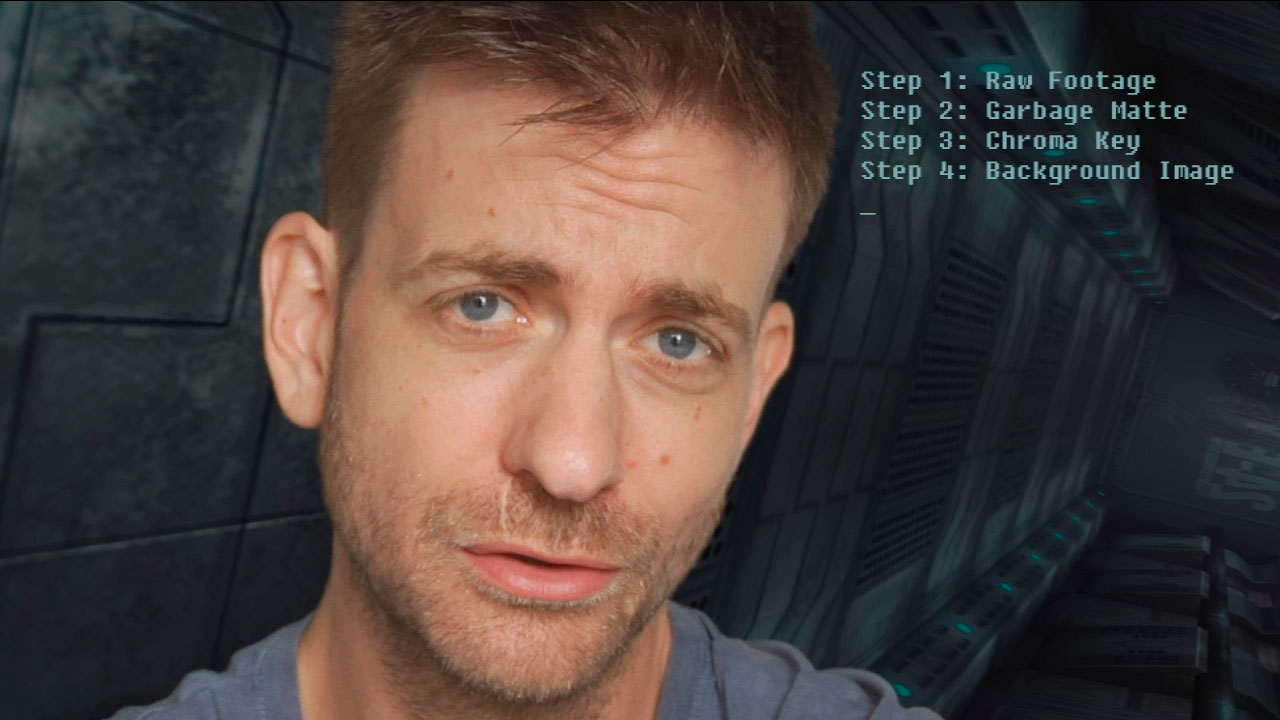
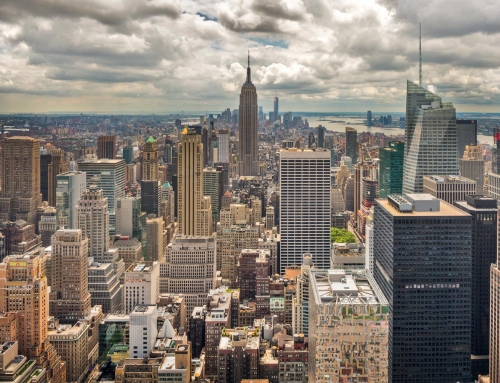
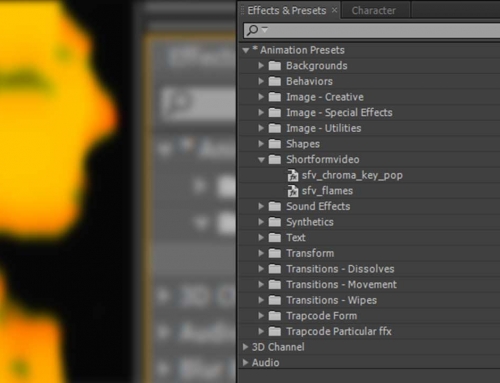
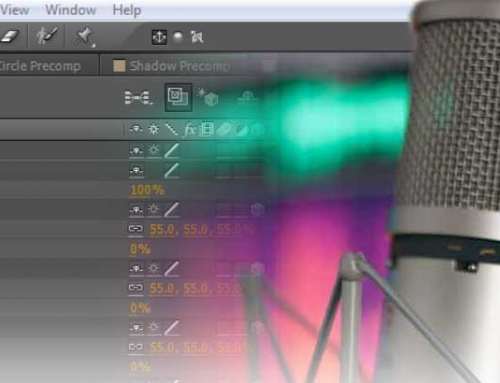
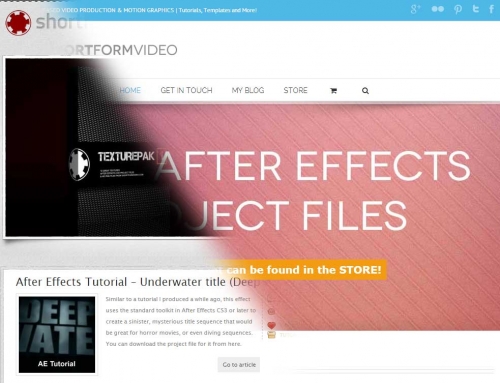
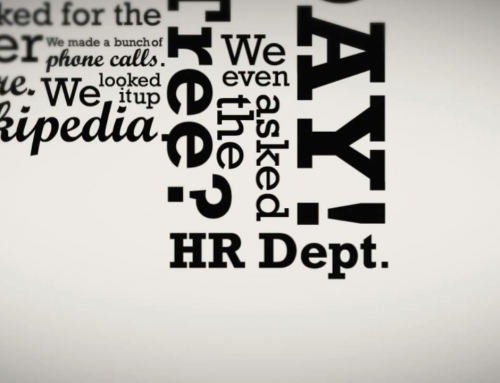





Leave A Comment
You must be logged in to post a comment.